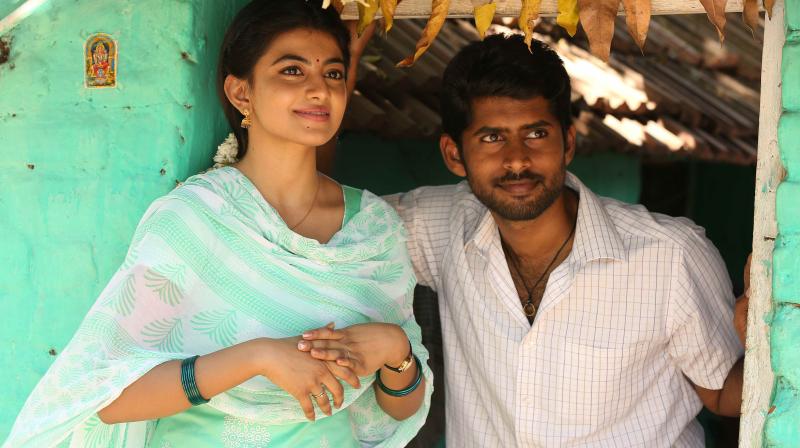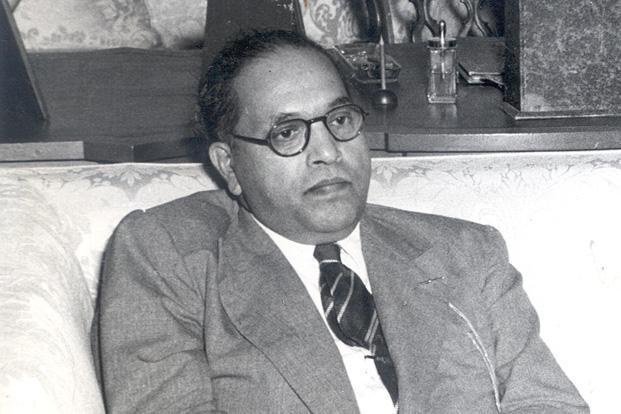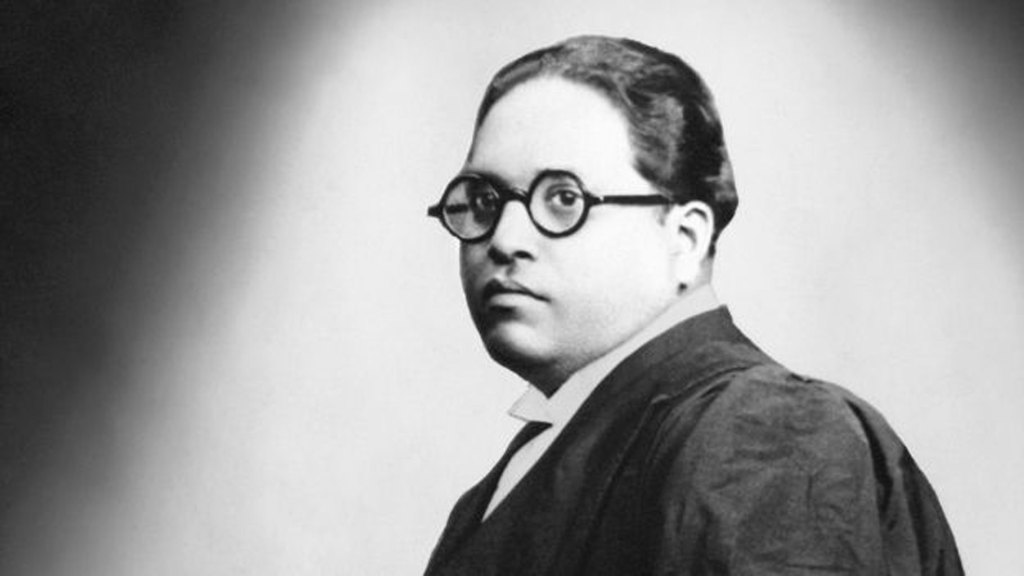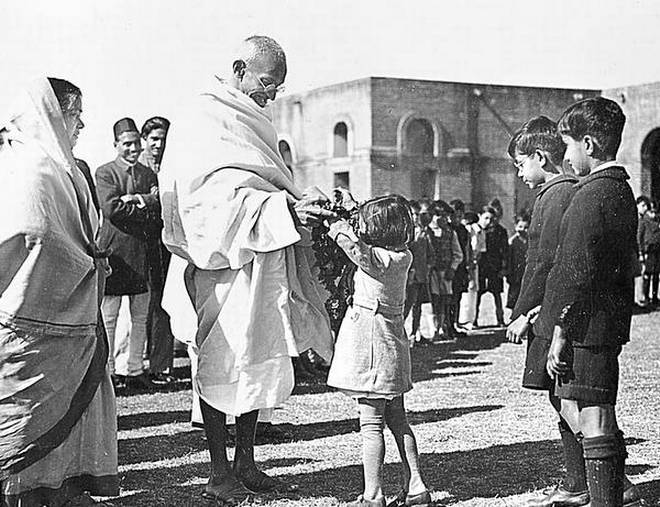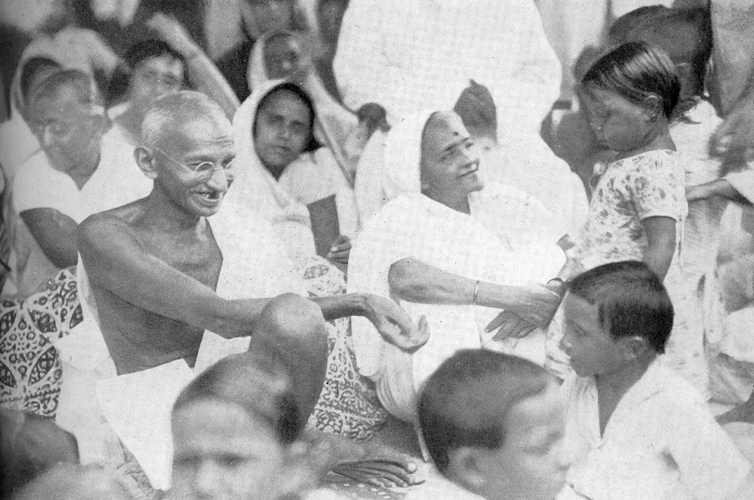FILM REVIEW
The medium of cinema is such that it has the power to depict the social world in a manner in which even the most profound messages are delivered with cinematographic aesthetic and nuanced symbolic codes.
Rajeshwari / The New Leam
Films have an undisputed significance in the social and political life in Tamil Nadu. The formation of Dravidian identity and politics has been heavily influenced by the cinema till 1970s. However, the 1990s saw a flourishing of movies celebrating the caste identities and characters.

The resurgence of nativist movies symbolized caste-based glorification of the intermediary castes in opposition to anti Brahminic sentiments from the Dravidian movement, organising of caste-based groups within the industry influencing the movies that were made and opportunities of work on caste lines, and formation of fan groups for the heroes heavily drawing on the caste identity of the hero and using it as a base for the promotion of that caste. It was only in the 2010s the Tamil cinema industry started acknowledging and depicting the struggles and lives of the Dalits.
Till then the movies, acting as vehicles of cultural hegemony made the marginalised invisible, misrepresented them, or showed them in servile patron-client relationships.
The Movies like Madras (2014), Peraanmai (2016), Kabali (2016), and Kaala (2018) are some of the movies that were critically appreciated for creating a strong anti-caste narrative onscreen. The anti-caste narrative in the 2010s served to assert the lives and struggles of the Dalits and bringing it within the consciousness of the masses. For an industry that is heavily influenced and organized by caste, depicting the lives of the downtrodden onscreen is not easy. Many directors have expressed their struggle to talk about the caste through their movies. Ranjith’s Madras, was one of the pioneering movies to talk about Dalit politics using caste markers.

Within this climate, Parayerum Perumal (God mounted on a horse), directed by Mari Selvaraj is an important movie in our times to talk about the horrific experiences of a Dalit in the casteist society. The movie set in 2005, in Thirunelveli and neighbouring villages, paints a plain and true depiction of a physical and social space which is entrenched in caste prejudices and elicits violence through every measure.
The movie follows the life of Parayin, Pariyerum Perumal (played by Kathir), a young adult from Puliayakulam village in Tuticorin who aspires to become a lawyer like Dr. B.R. Ambedkar. The movie establishes its tone with the starting frame where a group of lower caste village boys, Parayin and his friends, bathe their hunting dogs in the village pond. On seeing the upper caste group of men approaching, they all force themselves to leave, as they don’t want to get into trouble with them. When a friend asks why we need to fear them, Parayin matter of factly responds that we will have to fear them till our parents work as slaves in their fields. 10 minutes into the movie, Pariyerum loses his beloved dog who is killed by the upper caste men by tying her to the railway track, to serve as reminder for transgressing caste boundaries.
The opening scene, with its implied violence and humiliation acts as a recurring trope throughout the movie, where caste boundaries are constantly reinforced on daily basis and any transgression is duly punished.
Pariyerum soon shifts to a neighbouring city, Thirunelveli to study law. Guided by RKR, his village leader, he chooses to study further. Pariyerum who comes to the college with high hopes and light demeanour, finds caste lurking everywhere in the law college.
As we traverse through the life of Pariyerum we are made to engage with the daily humiliation that caste identity brings with it. Be it the change in tone as one hears the protagonist’s village name, the use of directions (eastern or western villages) to depict the caste, use of separate glass be it at tea shop or wine shop, being questioned for sitting in the front row of class, or bearing the wrath of befriending an upper caste friend. As Pariyerum confronts humiliation in the movie and bears the brunt of caste-based violence, it serves to evoke humiliation in the audience who knowingly or
Inadvertently work towards same cultural productions. The recurring trope of humiliation serves as an important trope to conscientise the audience that has no awareness of the daily life of a marginalised person and it is within this shame and humiliation the oppressor exerts their power over them. It also brings into the forefront that though such acts of stripping honour and dignity of a fellow human being on caste lines is punishable by law, it is still prevalent in contemporary India.
The film also explores the meaning of education system for the marginalised. While education is often seen as a tool with the potential to transform the society, the education, within its institutional practices and rituals embeds the same power struggles and social injustices. For a subaltern, the educational institution is another social ground for humiliation, which the protagonist here faces frequently.
When Pariyerum joins college the old principal with a symbolic frame of Gandhi in his desk asks, why he wants to study law. Pariyerum enthusiastically responds that he wants to become a doctor, like Ambedkar.
To this the principal lightly chides to not get into any trouble and only focus on his studies. As the movie shifts and a new principal joins, who is also a Dalit and has a subjective experience of caste himself, and has Ambedkar’s frame in his desk, reprimands Pariyerum to free himself of obstacles in whatever way possible and complete his education.
When a professor asks the principal why he is not condemning Pariyerum’s violent outbursts, he responds that it is better to die fighting that hanging oneself. The education system designed to leverage the strengths of an urban middle class becomes a tool for alienation for Pariyerum. His struggles with English, violent bullying, and exclusion are hegemonic weapons of the current education system to alienate the depressed class from the system.
Within these casteist spaces, the movie explores the difficulty to fall in love. The movie depicts a mason who is a contract killer hired to kill any young men and women who transgress caste boundaries by falling in love. In one chilling scene, the mason informs how he is doing this as an offering to his clan god. As Pariyerum gets brutally subjected to violence for befriending an upper caste girl (Anandhi) by the girl’s family, in the end when her father asks him why he never felt romantic love for his daughter, Pariyerum remarks that before he could wade through his feeling, it was slaughtered and butchered through their violence.
The directorial nuance of Mari Selvaraj, Sridhar’s camera which evokes restlessness as it focusses on Pariyerum’s life and stellar performances by Kathir and Anandhi, together with a strong script, make Pariyerum Perumal one of the most important movies of the current times.
The movie, through it is overt gestures and symbolisms serves to prick the conscious of the audience and engage with the difficult conversation of caste.
The movie traverses the wide plane of caste prejudices where in the beginning the protagonist’s remarks that till we work as slaves in their (upper caste) fields nothing will change. By the end of the film, however, he remarks, till the upper caste men want to be themselves and want us (marginalised) to be as dogs, nothing will change, thus demanding the privileged to take onus of the inequalities imposed on the depressed communities over centuries and demand justice.

